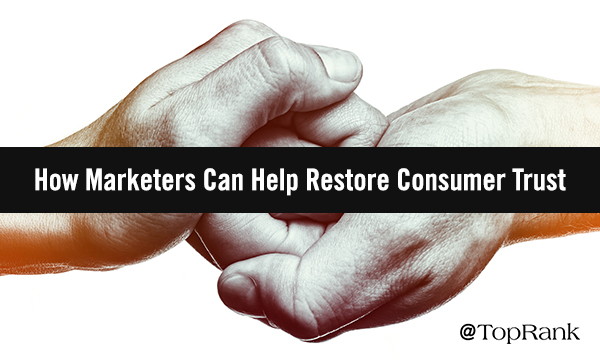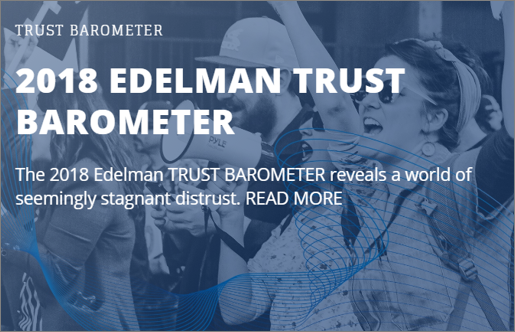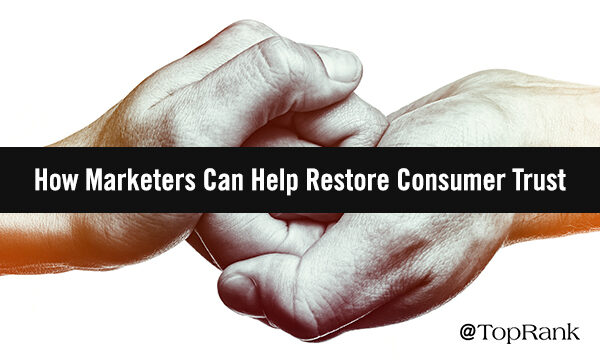
My first encounter with marketing data malpractice came at a young age. I wasn’t old enough to understand what was going on at the time, but my dad loves to tell the story. As I’ve gotten older, the humor and timeless relevance of this anecdote have struck me more and more.
It was the mid-90s. We received a piece of mail at our house addressed to Lucy Nelson. It was a credit card offer from one of the industry’s heavy hitters. Nothing out of the norm so far, right?
Here’s the problem: Lucy was no longer alive.
And the bigger problem: Lucy was not a human. She was our dog.
As it turns out, my older brother had been cited by an officer at a nearby park many years earlier for walking Lucy without a leash. When asked to give a name, he stuttered out the Golden Retriever’s, along with our family surname. Somehow “Lucy Nelson” ended up in a city database and the credit card company had plucked it out to add to its mailing list. Ultimately, this resulted in our dearly departed dog being pitched a deluxe platinum card.
Woof.
Flash-forward 20-some years. It’s a different world now. The rudimentary practice of collecting names and addresses from public databases seems so quaint in the Age of Big Data. Businesses and institutions now have the ability to gather comprehensive insights about people, both in aggregate and at an individual level.
For the general populace, this can feel unnerving. And unfortunately, almost everyone reading this has experienced some breach of trust when it comes to corporations or government and personal data.
But for marketers, the sheer volume of information now readily available presents a significant opportunity to take our profession to all new heights. By getting it right, we can help stem the tide of rising consumer wariness.
A World of Distrust
In 2017, for the first time since being introduced almost two decades ago, the Edelman Trust Barometer found a decline in consumer trust toward business, media, government, and NGOs to “do what is right.” That’s bad. And even worse: the organization’s Trust Index didn’t rebound in the 2018 study, released in January.

“A World of Distrust,” Edelman has dubbed it in 2018. And who can blame folks for losing faith? These days it can feel like the only major news story that isn’t shrouded in doubt is when Equifax leaks the personal information of 150 million people.
In such an environment, it’s hard to not to squirm when learning that your Amazon Alexa, and even your smartphone, is listening to you pretty much at all times.
While apprehension is understandable, these aren’t people spying on us; they are robotic algorithms collecting data in efforts to understand us and better serve us.
As marketers, we can play a major role in showing people the benefits of a data-focused marketplace. Customers rightfully have high expectations of our ability to offer high-quality tailored experiences, and we need to follow through. It’s an historic opportunity.
As marketers, we can play a major role in showing people the benefits of a data-focused marketplace. - @NickNelsonMN #CX #DataDrivenMarketing Share on XConnecting the Dots
Our CEO Lee Odden recently wrote this in a blog about data creating better customer experiences: “One of the universal truths that we’ve operated under at TopRank Marketing,” he explained. “Is about the power of information specific to customers that are actively searching for solutions.”
In that post, Lee wrote about his experience searching online for a portable battery charger and then being served ads for purple mattresses. That’s the kind of thing that drives me crazy. As Lee notes: “The data is there. Customers are telling you what they want. The question is, how to connect those dots of data to understand and optimize customer experiences?”
The consequences of missing the mark are very real. A few years ago LoyaltyOne conducted a survey of 2,000 U.S. and Canadian customers on the subjects of data collection and privacy. Among the findings: only 35% were accepting of retailers using cookies to track their online behavior and just 27% were cool with location-based offers.
How much less widespread resistance might we be seeing against these tactics if they were being utilized more effectively?
The data is there. Customers are telling you what they want. The question is, how to connect those dots of data to understand & optimize customer experiences? - @leeodden #CX #DataDrivenMarketing Share on XThe Data-Driven Marketer’s Imperative
The stakes are high. We need to piece the puzzle together correctly. If marketers and advertisers can start consistently delivering the sort of customized content and recommendations that data empower us to provide, it’ll go a long way toward restoring customer faith.
We should be using this information to optimize, not traumatize!
Among the biggest areas for improvement I can see, from the perspective of both a marketer and customer:
- Cut down on data fragmentation and organizational silos. This issue is abundantly common and extremely damaging. The “garbage in, garbage out” adage will never cease to be true. Make the necessary investments to unify your data and enhance the customer journey from attract to engage to convert and every step in between.
- Be more transparent. Location-based tracking and other oft-used practices would be much less irksome if they didn’t feel so sneaky. Inform customers when you’re gathering info and why. Commit to opt-in policies wherever possible.
- Follow the principles of the “virtuous cycle.” LoyaltyOne CEO Bryan Pearson suggests that building trust is tantamount to developing face-to-face relationships. “In the beginning, we share a little. Then, once we show that we can be responsible with what the customer has shared, he or she will reveal a little more. And gradually the relationship deepens. This crawl-walk-run approach to sharing information is a sensible way for us to proceed in data collection and use. After all, as long as customer information is used to enhance the customer experience, taking small steps along the way can lead to big things.”
Data has come a long way since the days of sending credit card offers to dead dogs. Marketers, let’s make sure every campaign we create is reflecting this progress.
We should be using the data & information we have to optimize, not traumatize. - @NickNelsonMN #DataDrivenMarketing #CX Share on XHow can you build more trust with your audience? A more thoughtful approach to content marketing can help. Learn several ways to build credibility and trust with content.



